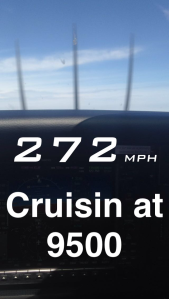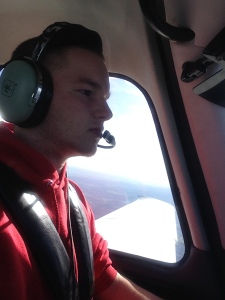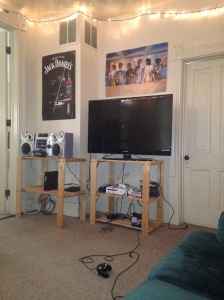Blog Post Eight: Reflection Writing
There are not many pieces of writing that I have been particularly proud of over my past 19 years. However, there is on that sticks out in my mind : My Senior Research Paper.
Throughout high school, from freshman year until a senior year, the beginning of the year is the same. The reuniting of friends, early alarm clocks, and all the seniors complaining about their senior papers. At my high school, Floyd Central, senior papers are one of the first assignments that are assigned during your Senior year. And with it being assigned, you can bet your life that the whole senior class will be talking about it.
“I’ve never even written a five page paper, how am I supposed to write a nine page paper!?!?!” is a very common thing to hear while roaming the hallways. You may also witness the occasional person crying in a corner or someone having a mental breakdown due to the stresses involved in this paper. I, being no different than anyone else, shared in many of these thoughts and actions with my fellow classmates.
Digging from book to book searching for anything of value for what seemed like days on end was definitely not my idea of fun. Of course, staying up until three in the morning with coffee cups littering my desk to finish the paper the night before wasn’t my idea of fun either, but it had to be done. However, when all was said and done, I had created my longest and greatest paper yet. Although the days were long and nights even longer, my Senior Research Paper was something to be proud of.








